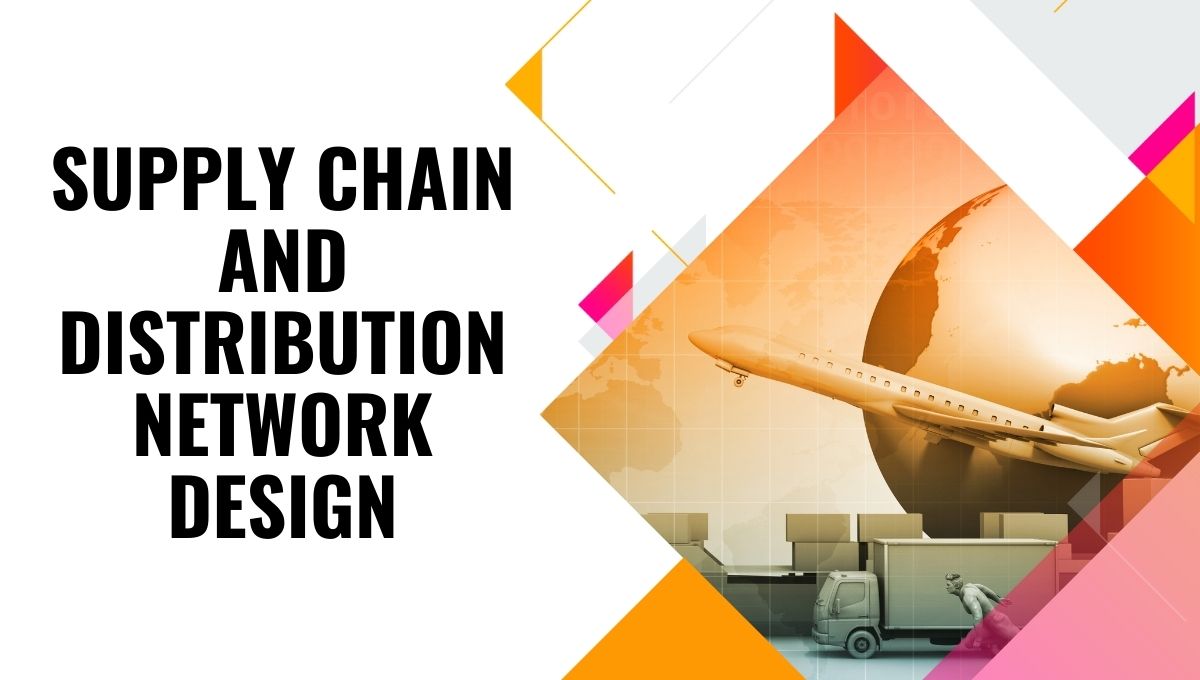The future of global commerce will be influenced by a lot of exciting trends in shaping the supply chain. Include only those technological innovations that must bring the latest practice within sustainable facilities and incorporate all innovative strategies into practice that the businesses have to adopt at all levels for growth and survival in a dynamic and competitive market.
New innovation in the supply chain is extremely important to businesses today. In this fast business environment, businesses have been looking for processes that
could help them streamline, save on costs, and increase efficiency. Among the most significant developments is the integration of artificial intelligence and machine learning.
Predictive Analytics
AI and ML have transformed supply chain management by introducing predictive analytics. This new technology allows companies to estimate demand more accurately, optimize inventories, and make better decisions based on the data. AI could recognize patterns and trends in gigantic data that humans cannot see. Therefore, it helps in efficiency as well as reduces waste.
Internet of Things (IoT)
Internet of things (IoT) devices and sensors have increasingly been deployed to observe real-time the condition and whereabouts of goods. This technology offers greater transparency into the supply chain compared with any previous technology, for the first time allowing businesses to trace shipments, monitor environmental conditions, and ensure on-time delivery without any damage. This will lessen the potential for interruption and ensure the highest standards for quality control.
Digital Transformation in Supply Chain
Businesses cannot choose to remain as they are any longer. With digital transformation, it’s a necessity. Companies are investing large amounts of capital in digital tools and platforms in order to increase their supply chain operations.
Cloud Solutions
One of the most significant aspects of digital transformation is that of cloud-based solutions. Cloud-based systems allow businesses to scale and then adjust according to changing market conditions much faster. They permit real-time data sharing across the supply chain, facilitating better collaboration and decision-making.
Blockchain Technology
Yet another innovative technology that changed supply chain management is blockchain technology.The fact that such a blockchain forms an unalterable ledger of transactions in a safe and transparent way makes it essential for data integrity. This type of technology, especially in sectors where authenticity plays a very critical role, becomes very important-for instance, pharmaceuticals or luxury goods industries. Fraud prevention guarantees that these products are not produced in undesirable ways; their integrity and trustworthiness is maintained.
Supply Chain Resilience Strategies
Currently, companies direct their attention towards intensified strategies for continuity at the same time as efforts to mitigate risks of disruption given the peculiarity of the associated global supply chain disruptions.
Diversifying Suppliers
The most effective mechanism that serves well to the resilience of the organization is diversification of suppliers. By procuring products from more than one supplier, a business can avoid risks like failure on the part of the suppliers or geopolitical conflicts or other calamities. Not only does this reinforce the resilience of the supply chain but also it increases competition among suppliers, thus reducing prices and service levels.
Supply Chain Analytics Courses
Another way businesses are strengthening their resilience is through investing in supply chain analytics courses. The course arms employees with the competencies and knowledge to analyze data, identify potential risks, and make informed decisions. So for companies, upskilling their entire workforce would provide signs that prepare them to notice trends and reaction mechanisms during the disruptions, resulting in a more resilient supply chain.
Introducing Sustainable Practices
The sustainability practices in the supply chain lower the environmental degradation caused due to its operations while enhancing the brand image. Some of those can be applied as green logistics. With this, the transportation routes will be streamlined to optimize against fuel use and emissions. Businesses can get their raw materials from sustainable suppliers. It is also possible to invest in renewable sources of energy to run its operations.
Circular Economy
Circular economy is also growing. It is about designing products and processes to have less waste and to make resources go further. Organizations are changing the way they design, make, use, and recycle products to innovate a sustainable supply chain-a clear benefit to the environment and the bottom line.
Robotic Process Automation
RPA is relevant when it comes to automating repetitive tasks such as data entry and order processing. Apart from lowering human intervention, RPA is much more efficient and less error-prone and gives people the liberty to work on more strategic initiatives.
Autonomous Vehicles
Autonomous vehicles range from drones and self-driving trucks that have revolutionized logistics and transport. Now it’s easy to carry out speedy delivery in very hard to access or isolated places. This is despite significant regulatory and technological hurdles but the benefit prospects of autonomous supply chain are substantial.
Collaborative Supply Chain Networks
Collaboration is what makes the supply chain flourish. As a couple of businesses are being tied up in some strategic partnerships, they got a way to share each other’s resources and expertise.
Strategic Partnerships
Through partnerships, different companies can utilize their respective strong points and capabilities. Take an example of a manufacturer and partnering with the logistics provider to optimize transport routes; this reduces delivery time to greater extents. The collaborative network enables businesses to get quick responses towards any need in the market with general efficiency.
Shared Data and Insights
The sharing of data and insights is another essential aspect of collaboration. This will enable the companies to share information about inventory levels, demand forecasts, and production schedules to coordinate activities. At this level of collaboration, it is easy to prevent stockouts, reduce excess inventory, and have products available when and where they are needed.
Future Outlook
Bright future for supply chain and distribution network design
There are many innovations and strategies that the industry will witness in the near future. Supply chain innovation, digital transformation, and resilience strategies can get businesses ready to thrive in a dynamic world.
Investment in Skills and Knowledge
Supply chain analytics courses will further amplify these efforts. Professionals will learn the needed skills to prepare for future challenges that may arise in the system. Companies, therefore, will be on the lead and maintain the competitive edge by continuous learning and change.
Embracing Change
Therefore, the supply chain has actually changed, and this reality creates much adversity between adaptation and competitiveness. There comes innovation regarding new technologies, resilience from successful strategies, and concentration in order to be sustainable to bring about a robust supply chain chain that thrives with difficulties in conditions. The bottom line has only been continuous innovation coupled up with the latest supply chain trend.
FAQs
- What is the role of AI in supply chain innovation?
AI plays a very critical role in supply chain innovation by ensuring predictive analytics. Companies predict demand and optimise inventory; it just makes them perform better in terms of efficiency. It also recognises patterns and trends that people’s eyes might not focus on. Hence it forms better-informed decisions-making.
- How does blockchain technology improve supply chain transparency?
Through allowing a secured immutable record of transactions, Blockchain technology renders supply chains transparent. It makes products traceable and trackable within a supply chain, with low possibilities of fraud. This data integrity is very helpful where the authenticity of the products is a matter of huge importance.
- Why is sustainability important in supply chain management?
There is a lot more concern in supply chain management for sustainability today than before, primarily because consumers are now looking forward to getting greener products. Supply chain management has shifted in today’s time more towards sustainability, with consumers being more eager to bring in greener products. It reduces the environmental footprint, aids brand reputation, and can save costs in the long term. It also keeps on being aligned with regulations and complies with the expectations of the socially responsible stakeholders.




